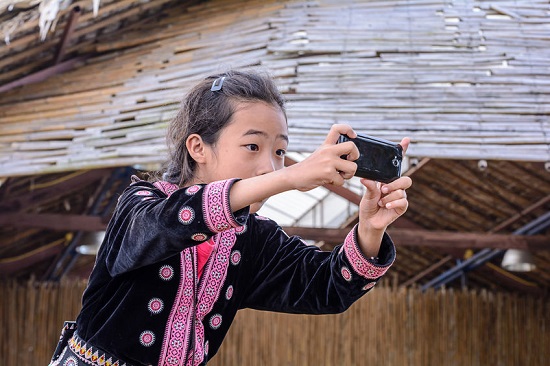AsiaPac telco community gets a spectrum slap from GSMA
By Digital News Asia August 7, 2015
- Global body ‘disappointed by lack of progress’ ahead of WRC-15
- Future of Asia’s digital economy at risk, GSMA says

THE GSM Association (GSMA) said it is disappointed that the Asia Pacific telecommunications community has not identified sufficient spectrum to meet growing consumer demand.
This comes after the final meeting of the Asia Pacific Telecommunity’s Conference Preparatory Group (APG) in Seoul, ahead of the World Radiocommunication Conference 2015 (WRC-15).
Commenting on the outcome of that meeting, GSMA Deputy Chief Regulatory Officer John Giusti said, “The GSMA is disappointed with the APG’s decision to date to identify only 51MHz of additional spectrum for mobile broadband at WRC-15.
“This represents an increase of less than 5% over the total amount of spectrum currently identified for the region.
“The International Telecommunication Union (ITU) estimates that governments need much more – double the amount of mobile spectrum available today – to meet the growing consumer demand for data.
“With 4G (Fourth Generation) rising and 5G (Fifth Generation) on the horizon, and without more spectrum identified, this means that Asia Pacific cannot benefit from economies of scale and affordable connectivity, [putting] the future of its digital economy at risk,” he said in a statement issued by the GSMA.
The GSMA represents the interests of mobile operators worldwide, uniting nearly 800 operators with more than 250 companies in the broader mobile ecosystem, including handset and device makers, software companies, equipment providers and Internet companies, as well as organisations in adjacent industry sectors.
Giusti however said that the GSMA is pleased that the APG has identified a portion of the L-band for mobile broadband, but still encourages Asia Pacific countries to follow the lead of governments in Africa, the Americas and Europe in looking to make more of the L-band spectrum (1427-1518MHz) available for mobile broadband during WRC-15.
“We are also disappointed that the APG has decided not to make spectrum in the under-utilised 2.7-2.9GHz band available for mobile broadband in dense urban areas,” he said.
“Additional capacity spectrum in higher frequency bands is vital, particularly in those countries where the 2.7-2.9GHz band is an important alternative to the C-band (3.4-4.2GHz).
“It is vital that we find additional spectrum for future use by mobile broadband in the Asia Pacific region to meet the increasing mobile data needs of consumers and businesses in the years ahead,” he added.
According to GSMA Intelligence, in the first quarter of 2015, Asia Pacific was home to 1.8 billion unique subscribers and nearly 3.8 billion connections, accounting for half of the world’s unique subscribers and connections.
As the region is also expected to grow at a faster pace than the rest of the world, with 600 million new subscribers anticipated by 2020, it is critical that governments identify more spectrum for mobile now to meet this future demand, the GSMA said.
The association said it will continue to work with governments in the region to ensure that their citizens are not left behind, further exploring options for supporting more sub-700MHz, L-band, 2.7-2.9GHz and C-band spectrum at WRC-15.
Related Stories:
Telco Deep Dive: Spectrum refarming in limbo?
Spectrum matters top-of-mind for telco CEOs
IDA to release more spectrum, to allow entry of new operator
Telenor’s Asia CEO Brekke on OTT and spectrum re-farming
For more technology news and the latest updates, follow us on Twitter, LinkedIn or Like us on Facebook.


